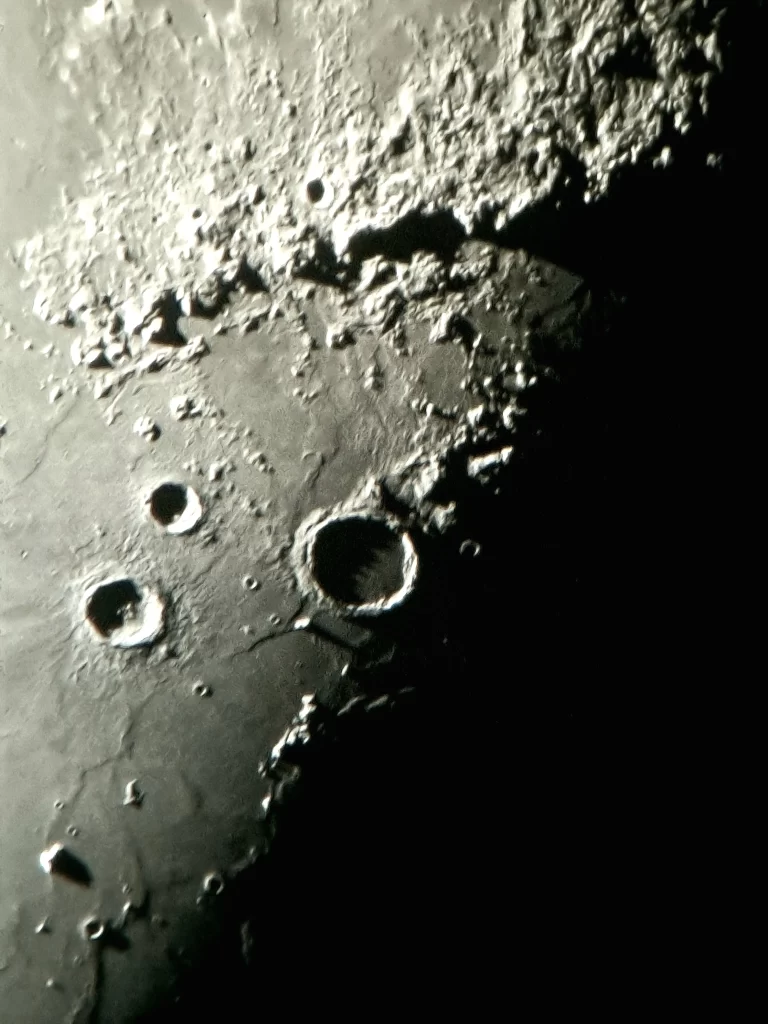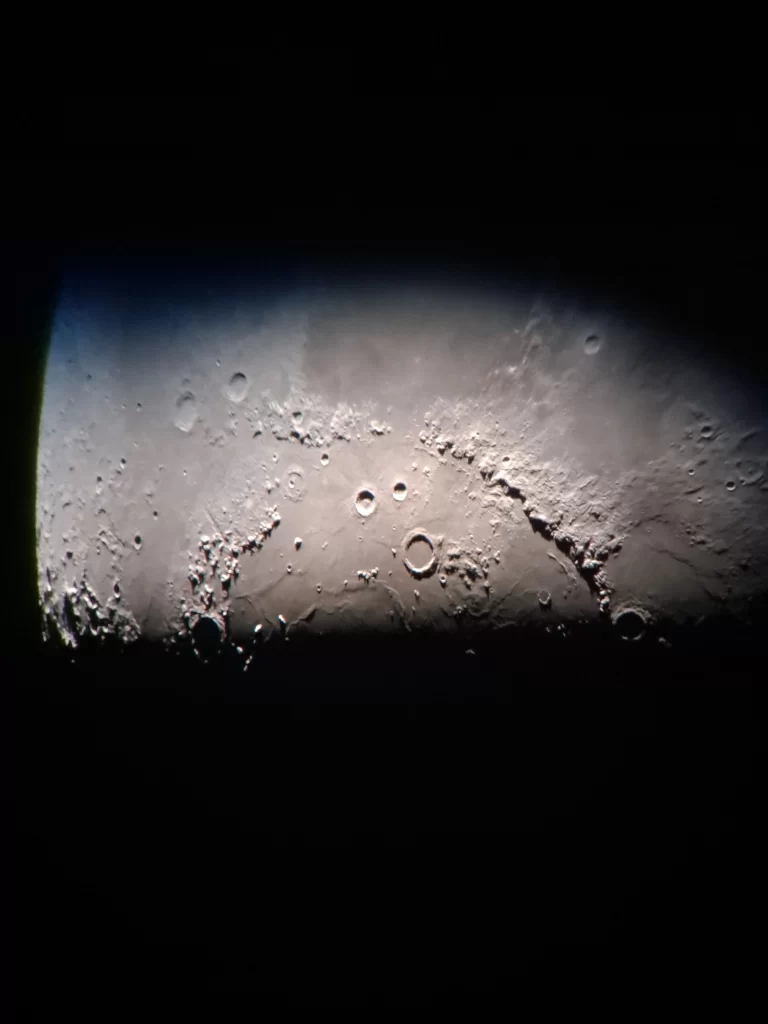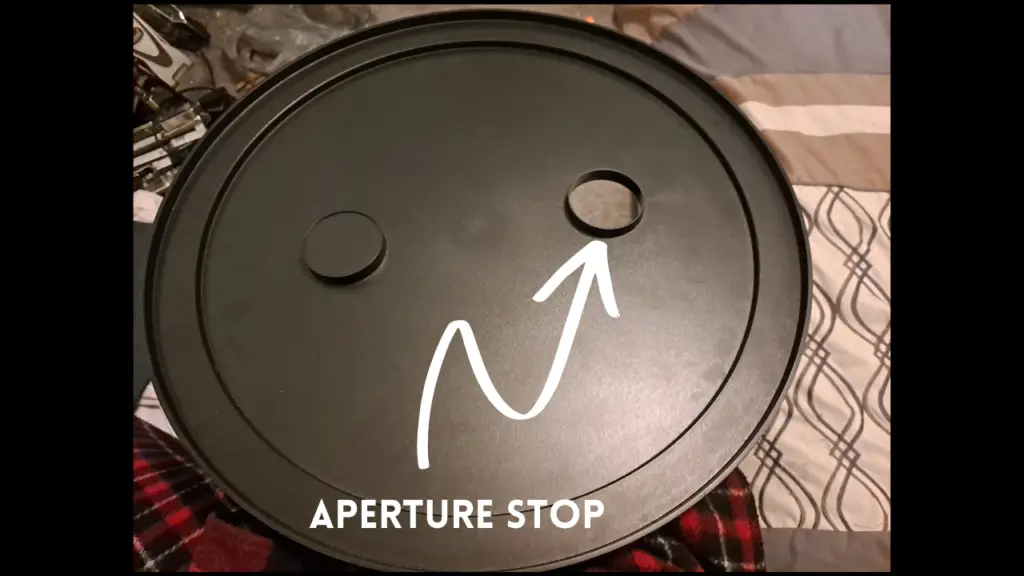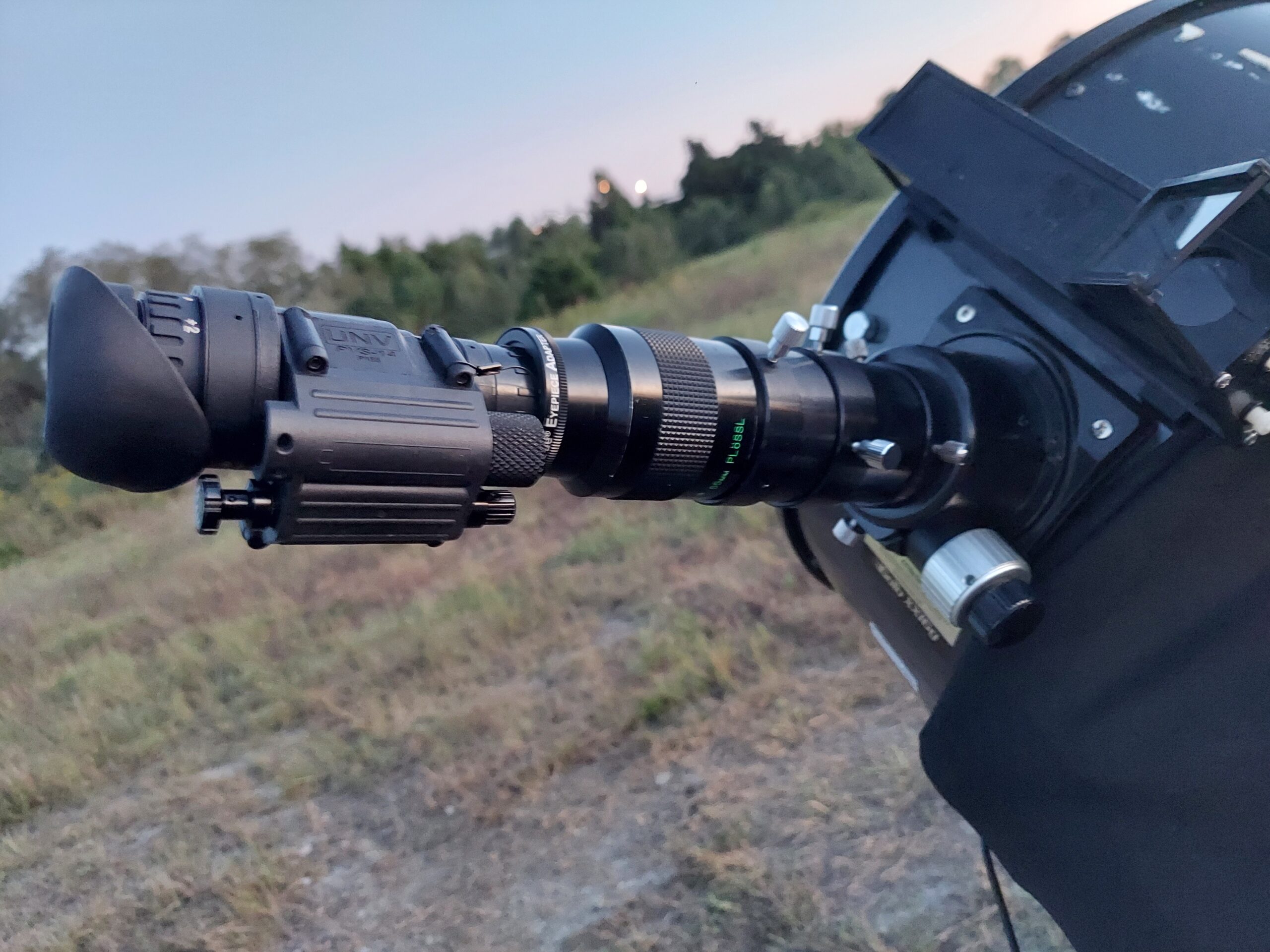When I noticed the holes in the dust caps, I flipped through the manual and I was surprised to find no mention of the holes.
The holes in your dust cap are called aperture stops. Observing with the dust caps limits the amount of light that can enter the scope. It makes the images being observed less bright. If you can get solar film they can be used as a solar filter to observe the sun. Do not observe the sun without the correct filters.
Aperture means the amount of light entering a system, in this case a telescope. I have had two telescopes, one with 10 inches of aperture and one with 16 inches of aperture. There is a noticeable difference in brightness.


These photos were both taken my me, with very different apertures. The conditions on the night, the camera, the phase of the moon all impact the photography as well, but its a good illustration.
Aperture of your telescope also impacts the resolution of the images you are observing. Having a larger aperture means being able to see more detail in objects very far away.
Observing with your telescope’s dust caps on and the holes uncovered means you are using an Aperture Stop.
Aperture Stop reduces the aperture of your telescope, it allows less light into your scope.

This is very useful when observing very bright objects like the moon, the sun or some planets.
I have tried using the dust cap as an aperture stop once on Jupiter, but I was not able to get clear resolution on the image. Since I have begun dabbling in astrophotography, I look forward to experimenting further with my telescope.
Advanced photographers and even some visual observers find that using aperture stops they can get much better resolution. Many people make various sizes of aperture stops with cardboard.
When Should I Use My Dust Caps?
Any time you are not using your telescope or letting it acclimate you should have your dust caps on.
As soon as you have your scope set up you should remove the dust caps. They will trap warm air in front of the mirrors dramatically slowing down the acclimation process.
When I am assembling my truss tube Dobsonian I keep the dust caps on to help protect the mirrors in case I drop something, but I do leave the small caps off to start the acclimation process.
The dust caps create a layer of insulating air around the mirrors. When I bring my telescope in from observing, I always remove the small caps on the dust caps to let the air escape and to give the condensation an exit while my scope warms up to room temperature. I leave the cases unzipped as well.
Moisture is a big enemy in observing and I do not want to trap any condensation in my optical tube.
When transporting your telescope, your dust caps should be on and closed. They help keep the mirrors clean and protected during transportation.
Dust caps can be used as an aperture stop when observing bright objects like the moon and planets.
To do this, install your dust caps and uncover one hole in the dust cap.
This allows less light into your scope. Experiment with magnification and targets until you get the desired outcome.
When using dust caps as an aperture stop for solar observing, you must use some type of solar film to cover the hole. This again decreases the amount of light allowed into the optical tube.
What are Dust Caps For?
Dust caps are for keeping dust off your mirrors. The holes in the dust caps should remain covered when you are transporting your telescope so that they keep dust out of your telescope.
They are primarily for protecting your mirrors.
Most of the time you will be using your telescope without the dust caps installed. Be sure to store them in a clean place free from dirt or debris.
I keep my dust cap in the car when I am observing away from home, or I keep them in my cases while I am using my telescope.
Dust caps have holes in them that can be uncovered and used when observing very bright objects. This reduces the aperture of your telescope and can be a useful tool in visual observing and astrophotography.
Using Dust Caps as Solar Filters
The holes in the dust cap function as aperture stops. This means that they limit the amount of light that enters the scope.
When observing the sun, you must reduce the amount of light entering the scope or the brightness could damage your eyes.
Baader sells a roll of solar film for less than $25 on their website. The film can be installed over the holes in your dust caps to create a solar filter.
Limiting the aperture and installing solar film can allow your scope to be used for solar observing.
Be sure to install the film securely, if it comes loose during a long capture it can be catastrophic to your equipment.
Solar observing comes with risk. The light and the heat of the sun can be magnified and focused on your eye or camera. Be sure to speak to a professional before attempting to observe the sun.
Solar observing is a very large topic and I have no experience with solar observing. I have seen a picture of a DSLR camera melted during a solar capture, so I am appropriately cautious.






